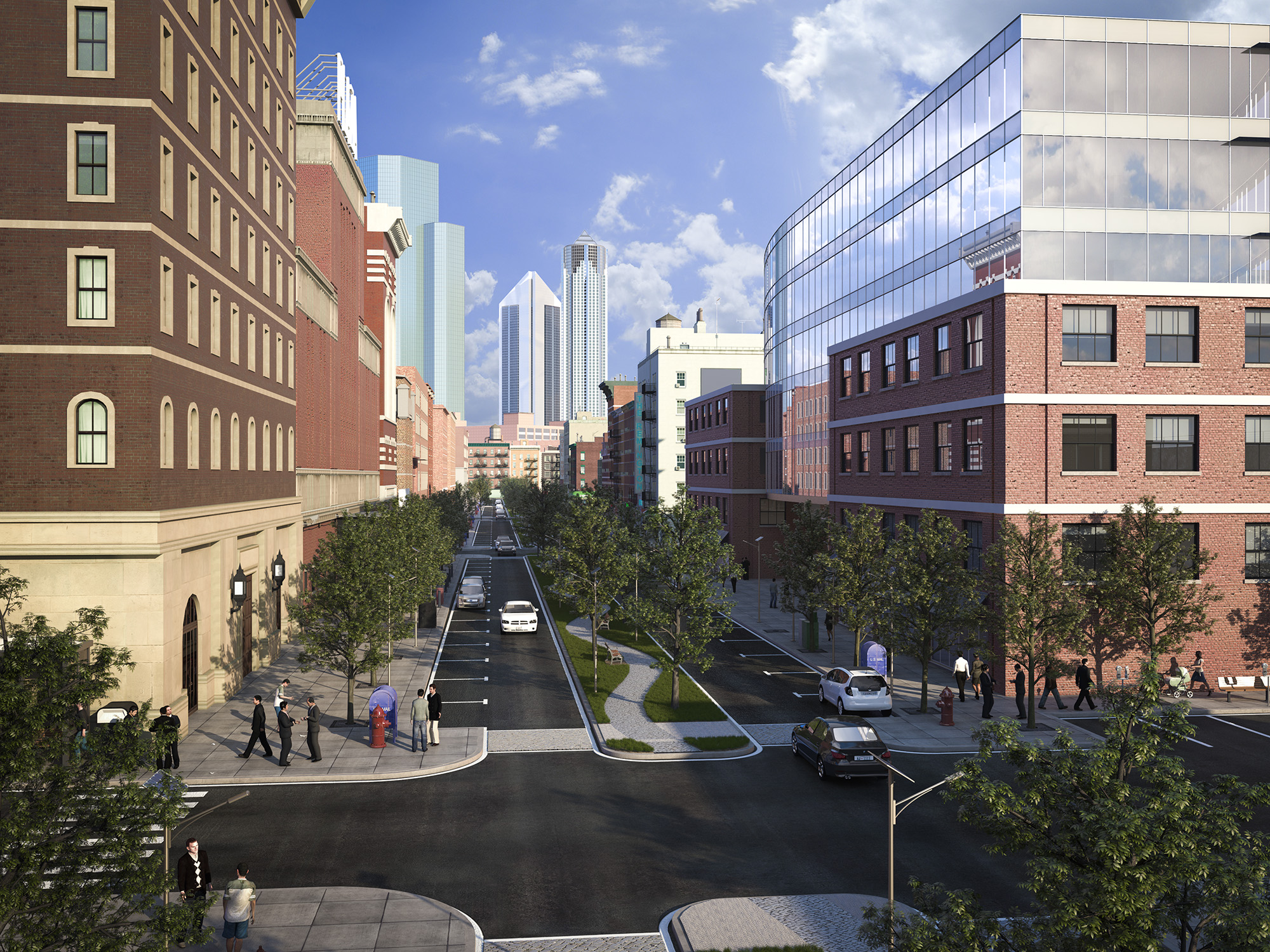Generative Design for Site Planning and Architectural Design

When you’re planning a new construction project—whether it’s a single building, a complex, or a whole community—there’s a lot to consider. The terrain and how to use it. Surrounding structures and how new buildings will fit in. Density, traffic, sunlight, views, and noise. Zoning codes and other regulations. Cost and schedule. And last but far from least, the project’s impact on the environment, both local and global.
That’s a lot to manage. How can we hope to create an “optimal” plan? At AU 2020, Autodesk announced the acquisition of Spacemaker, a start-up based in Oslo, Norway whose cloud-based AI platform enables architects, developers, and city planners to generate, evaluate, iterate, and optimize site planning options during early-stage design.
This use of generative design in the early site design process opens important new possibilities for the AEC industry, enabling us to create buildings and communities that are better for people and the planet. It can help optimize building height, materials, environmental impacts, and much more.
“Spacemaker stands out in terms of applying cloud computing, artificial intelligence, [and] data science, to really helping people explore multiple options and come up with better decisions,” Autodesk CEO and President Andrew Anagnost said in a recent TechCrunch piece. Read similar coverage in Architect Magazine and Engineering.com.
Check out this related content to build your skills and advance your understanding of how to apply AI and generative design to the challenges of site planning and architectural design.
Generative Design for Architectural Space Planning
Danil Nagy and Lorenzo Villaggi walk you through the process of using generative design for architectural space planning, including technical and theoretical in-depth overviews of the generative design steps. Learn how to generate the design space through a bespoke geometry system, evaluate each design through design goals, and evolve generations of designs through evolutionary computation.
Democratizing the Built Environment through Generative Design
Anton Dy Buncio’s 12-minute Theater talk from AU 2020 provides a great introduction to the possibilities of generative design in AEC. While generative design is used only by a select few today, in the years to come, he sees it as something that will become a common tool, used not only by architects, but customers, leasing agents, facility operators, and others, enabling them to be involved in the design process from the start.
Connecting People and Algorithms: Generative Design for Informed Decisions
Bonava, a residential real estate developer in Northern Europe, turned to generative design tools in Revit and Dynamo to create site layout options, then measure hard and soft values for each. This enabled them to bring in stakeholders from different disciplines for fact-based discussions early in the process. Learn how to set up goals and constraints, compare alternatives, and iterate proposed designs using algorithmic computation.
Generative Design—Daylighting and CFD: A Practical Application for a Nonprofit
Spacemaker can help you simulate and analyze factors like sunlight and wind flow from the site planning perspective. In this class, the team from Build Health International and Microdesk show how they used generative design to simulate and optimize daylight and passive airflow in the design of a maternal health ward in Sierra Leone, creating a building that is both more sustainable to operate and less dependent on the local power grid.
Using Generative Design and Machine Learning for Faster Analysis Feedback
Machine learning (ML) can be an important tool to help us analyze and understand building performance, but we need numerous data sets to train effective ML prediction models. One solution? Use generative design to produce synthetic data sets. This AU 2020 class takes you through the process.
Generative Design at Hogwarts: Using Tech Instead of Magic
Learn how to use generative design tools in Revit to find the optimal layouts for various rooms at Hogwarts (yes, that Hogwarts), including the potions classroom, the grounds, and the Quidditch World Cup campground. Who says generative design can’t be fun?
You’ll find many more recent AU sessions related to generative design for space planning and building design on demand. Stop by whenever you’re ready to learn.




